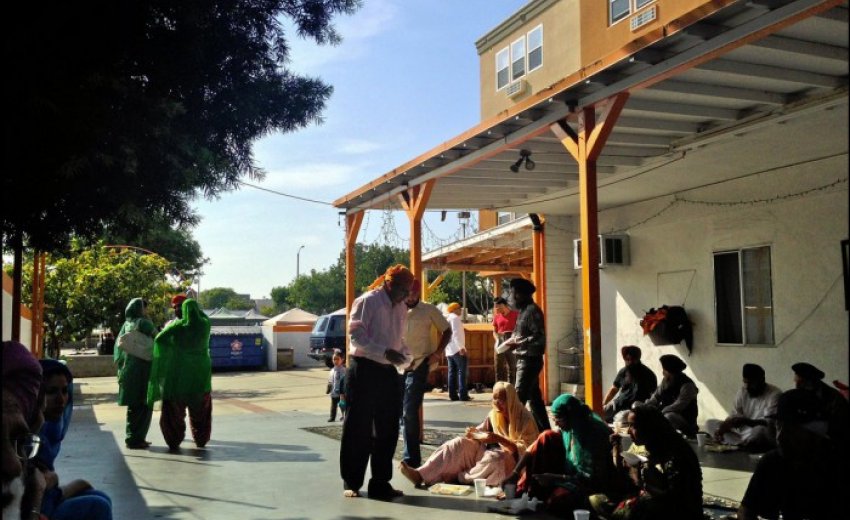June 14, 2014: Follow the sounds and the smells, I was told. The description of a close-knit Sikh community in this majority-minority Chinese and Taiwanese Los Angeles suburb led me to Alhambra on a bright, bustling Sunday.
Amid the shopping centers with Chinese characters on their storefronts, the one-story building on Chapel Avenue is easy to miss, even if you know where to look. The temple’s entrance, via the rear driveway, is just visible beyond the farmer’s market stands.
The story of the Gurdwara mirrors that of the Sikh community in southern California. Established in the 15th century, Sikhism was brought to the U.S. by immigrants from Punjab, India, in the early 1900s. Founded in 1975, the Sikh temple in Alhambra is the second oldest in southern California. As the Sikh community in California has grown to 1 million, it members have dispersed throughout the San Gabriel Valley. Attendance at the temple’s Sunday services has dwindled from as many as 100 families to 10 or 15 over the last 20 years, said Gurcharan Singh Gill, 84.
While Sikhs in Alhambra still “work in 7-Eleven stores or gas stations, people have moved to Fontana, to Riverside,” said Gill, who lives nearby. “So they go to temples there.”
Though the Sikh community in Alhambra has thinned, temple life remains vibrant. During the service, which begins early in the morning, children head outside, laughing loudly over the din of the chanting from the prayer room, and women in the kitchen prepared langar, the communal vegetarian meal of dal, yogurt and roti.
In India, langars were revolutionary because everyone ate together, sitting on the ground, feet bare and heads covered in turbans or veils, regardless of caste. In this spirit of equality and nondiscrimination, Alhambra's Sikh Gurdwara is open to strangers, a homeless man sitting alongside an 11-year-old girl who watches over her toddler sister.
Eighty-year-old Alexander said he has visited the Gurdwara every Sunday for the last five years, even after moving from Alhambra. Brought up in the Greek Orthodox faith, he said he doesn't consider himself religious, but still comes for the community.
“The food is good, but the people are even better.”
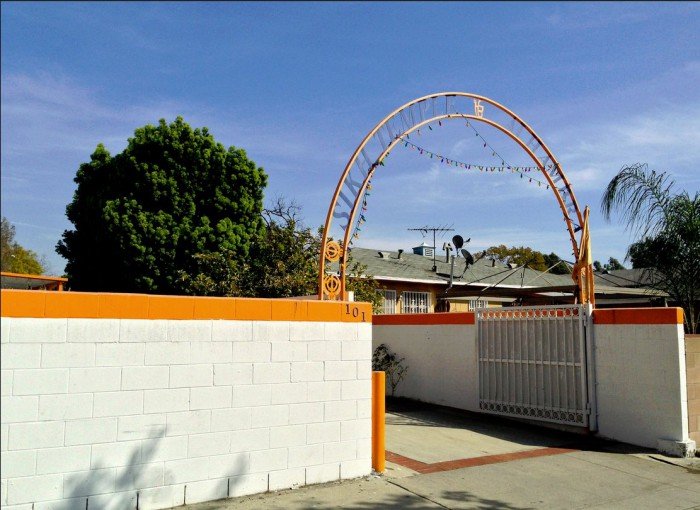 |
| Founded in 1975, the Sikh gurdwara in Alhambra is the second oldest in southern California. (Alexandra Babiarz/Neon Tommy) |
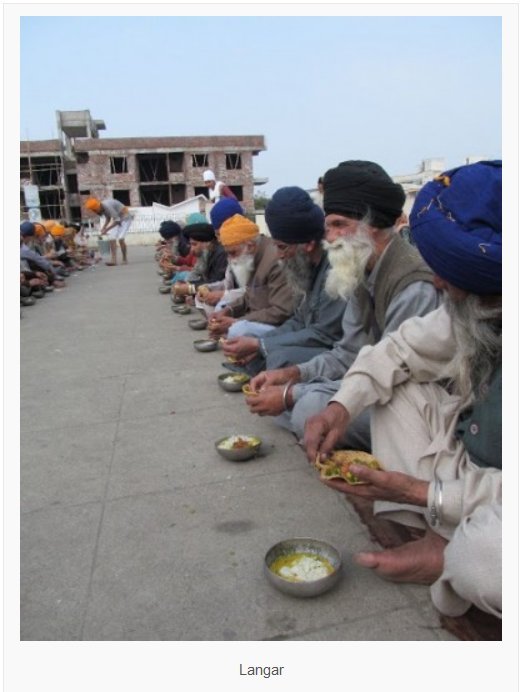 |
| Women prepare langar – a communal vegetarian meal of dal, yogurt and roti – in the kitchen of the gurdwara. (Alexandra Babiarz/Neon Tommy) |
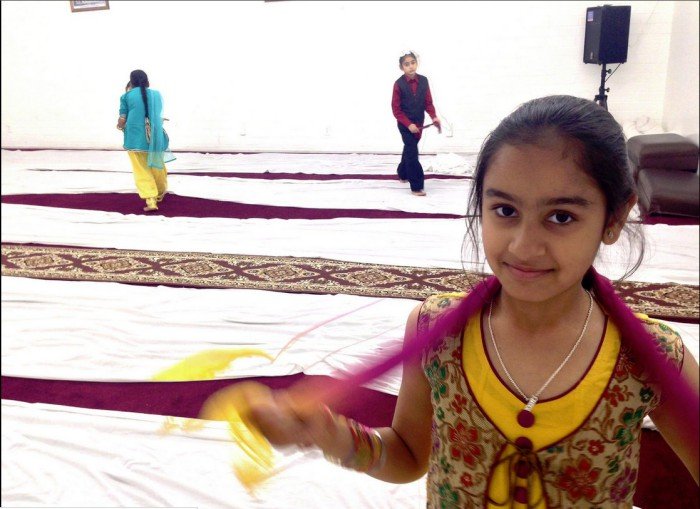 |
| The children hang out in the prayer room after Sunday services. For them, the gurdwara is as much about family and friends as it is about worship. (Alexandra Babiarz/Neon Tommy) |
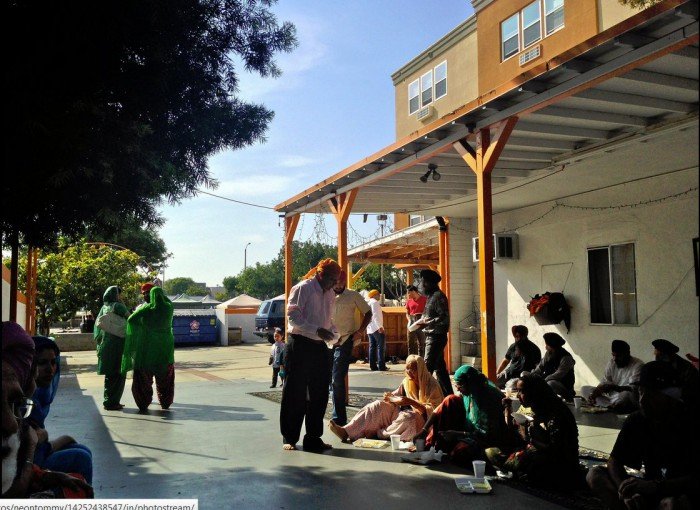 |
| Despite the dwindling size of the Sikh community in Alhambra, temple life remains vibrant. (Alexandra Babiarz/Neon Tommy) |
